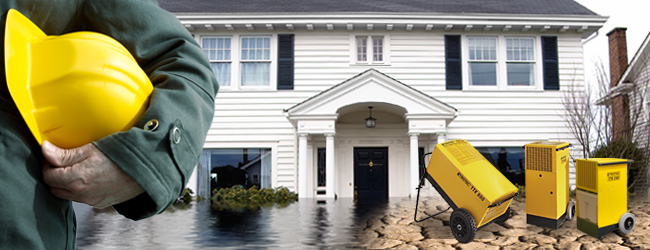
Alright, dear. But only if you check it with the BM20 first.
This week has certainly been MultiMeasure week! Yesterday we decided to settle the discussion regarding which series is the better of the two – the MultiMeasure Basic Series or the Multimeasure Professional Series – and came to the conclusion that neither is better. Each series is designed for different applications, different users and different budgets with both series offering simply unbeatable value for money and superb quality into the bargain. And the day before that we elaborated on the benefits of having a series for professionals designed by professionals who come from the same fields and who are able to read the needs of their clients like no others and provide them with just the right tools for their own individual applications.
Well, today we would like to draw your attention briefly to a particular device, a device which you would normally think you wouldn’t be needing until much later in the year. The BM20 moisture moisture from Trotec is yet another extremely useful and affordable measuring device straight from the Multimeasure Basic Series. The BM20 mositure meter is designed to measure the amount of moisture in a number of building materials and – here comes the interesting part – a whole selection of different types of woods. Wood used for building, wood used in carpentry and cabinet-making, wood used in furniture construction – and firewood.
Firewood is not just firewood. Firewood normally has to be stacked properly and sheltered from the rain so that it can dry over a longer period before being used as a source of heat, comfort and fuel. Wood that is properly treated is called seasoned firewood and has a moisture content that lies between 20 and 25%. If the wood you have bought, collected or cut is burnt while it is still too moist, then you do not only run a real risk of ruining your chimney, you even risk setting your house on fire. Wet firewood does not only burn badly – the wood is not able to unfold its full heat potential because the excess moisture in the wood turns to steam and mixes with the other gases, thus stopping them from igniting and generating the heat they normally would produce – it can be extremely dangerous too. The soot or creosote that forms on the inside of the chimney is highly combustible. That means it can literally erupt into a fire of volcanic proportions.
The best way to prevent such an event from occurring is to season your firewood properly – and to check that the moisture content is not too high. If you buy wood from a supplier for the first time or from somebody who is selling ready-to-burn firewood at a suspiciously low price, then it is always better to check the moisture content first.
By the way… wood burning is ecologically friendly. The carbon dioxide that is released during the burning process lies dormant in the wood and would – if you wood pardon the pun – also be released into the atmosphere if the wood were to remain in the forest and rot.








